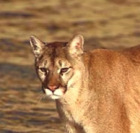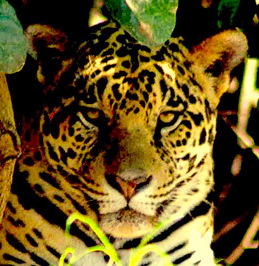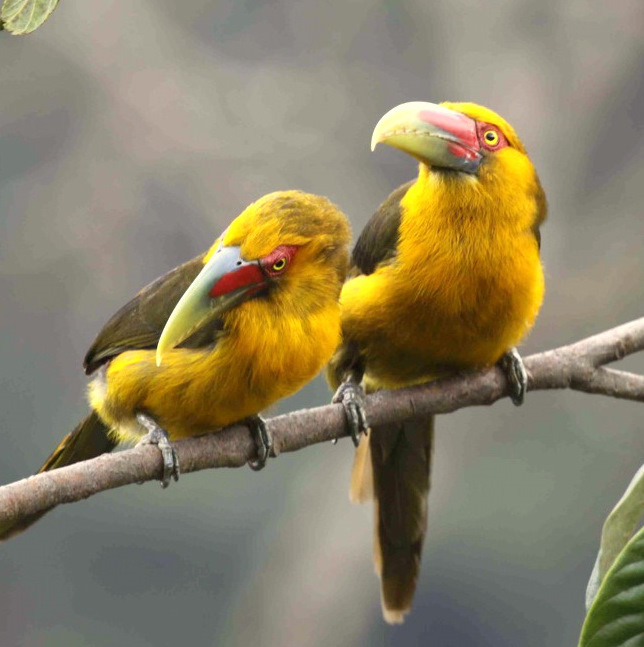TO COCHABAMBA ON THE OLD ROAD: Forests, Deserts & Incan Ruins
Going west from Santa Cruz on the old road immediately takes you into the foothills of the Andes. They are at their widest in Bolivia (over 400 miles), so it is not surprising. The dry forests of the lowlands quickly change to lush tropical forests. Great flocks of parrots and parakeets roost here in the evening, and it is a sight to see. One does not drive much further until the wet forests give way to dry scrub near the resort town of Samaipata.
The fact that the new road Santa Cruz - Cochabamba opened up was good news for nature preservation, as the rare dry deciduous forests in the Samaipata region have so far been spared. Birders will be particularly interested in this region, with specialties including the rare Ochre-cheeked Spinetail, Slaty Gnateater, Dull-colored Grassquit, Buff-bellied Hermit, Slender-tailed Woodstar, Ocellated Piculet, Black-capped and Ringed Warbling-Finches and Grey-crested Finch. Even non-birders will delight in the Andean Condors, brightly colored Mitred Parakeets, and Plush-crested Jays.
Samaipata is also the southern headquarters for Amboro National Park. Visits can be made with the assistance of a park ranger/guide, but requires a long hike and camping. Still, for the adventurous traveler, huge areas of untouched temperate and subtropical forest can be explored, and you will be bringing economical reasons to keep it untouched.
Continuing up the mountains the habitat quickly changes to arid desert. Tall cacti with 10-inch spines become prominent. Just 60 miles further west takes us to the town of Comarapa and the Tambo Mission School, where we are often accommodated. While much of the native habitat has been lost to goats, this is still the best region for two endemic birds: Red-fronted Macaw and the Bolivian Earthcreeper. Birders will also be looking for the spectacular Red-tailed Comet, Spot-backed Puffbird, Cream-backed Woodpecker, Brown-capped Tit-Spinetail, White-tipped Plantcutter and Golden-billed Saltator. Non-birders would probably continue on past Comarapa and on to Cochabamba. The trip through the desert is fascinating, and if you have the time, a nice addition normally left out of general nature tours of Bolivia.
Another 45 miles west and up lifts us out of the desert and into the southernmost cloud forest in South America, occurring from 8,000 to 9,000 feet. Six of Bolivia's eighteen endemic bird species are found here, in the Siberia Range. The rare Black-winged Parrot and even scarcer Chestnut-Crested Cotinga and Band-tailed Fruiteater occur along with the attractive Black-hooded Sunbeam, Rufous-faced Antpitta and Grey-bellied Flower-piercer.
The impressive Inkallajta Ruins not far from here are Bolivia's modest answer to Peru's Machu Picchu. Located some 60 miles from Cochabamba, the ruins are set on a flat spur of land at the mouth of a steep valley. Historians believe the fort was founded in the 1460ís by the Incan Emperor Tupac Yupanqui as the easternmost outpost of the Inca Empire. The immensely fortified city consists of over 50 buildings, and the temple is believed to have been the largest roofed building in the empire.
Guarani Indians from the lowlands invaded and destroyed the city in 1525, and it remains basically unchanged but partially grown over since then. Surprisingly, the site is not a major tourist destination, and the easiest way to get in is to negotiate with one of the local truck owners along the highway.









